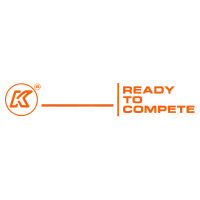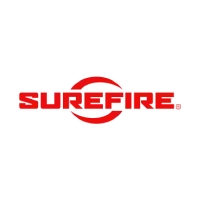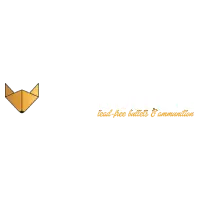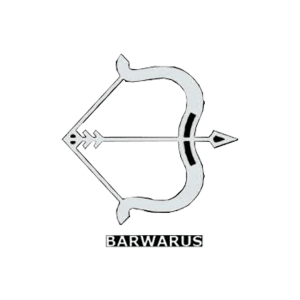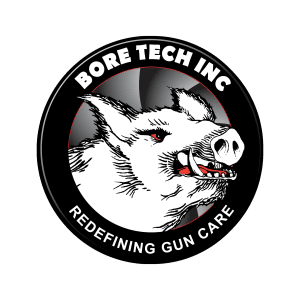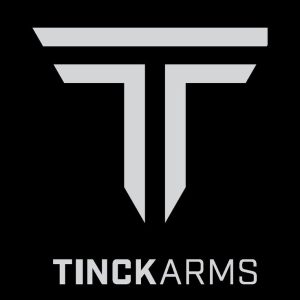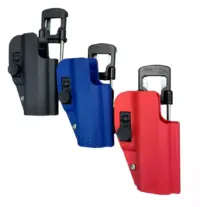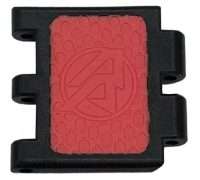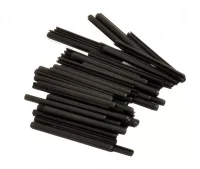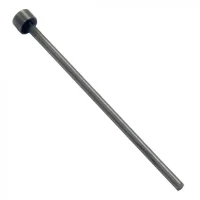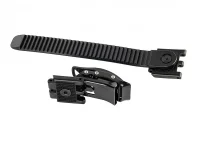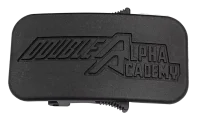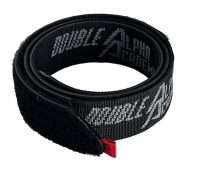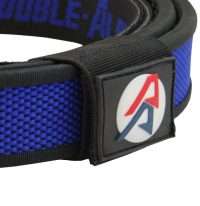Shop competition gun belts at No Boring Guns for competitive shooting disciplines including USPSA, IPSC, and IDPA. We stock rigid competition shooting belts, inner belt systems, buckle options, and belt punch tools to build complete load-bearing setups for match day performance.
Competitive shooters need stable platforms for holsters, magazine pouches, and accessories that won’t shift or sag during movement. Standard dress belts flex and roll under equipment weight, causing holster position changes that slow draw times and reduce consistency.
Competition Belt Construction and Types
Competition gun belts use two-piece systems – a rigid outer belt carrying equipment and a thin inner belt threading through trouser loops. The outer belt attaches via hook-and-loop (Velcro) contact, creating a stable platform independent of pant quality. This design distributes weight across the waist rather than pulling on belt loops, preventing sagging even with heavy competition holster rigs and multiple magazine pouches.
Outer belts feature stiffened construction using materials like polymer inserts, laminated layers, or rigid webbing. This rigidity prevents the belt from collapsing or rolling when equipment hangs at draw angles. Belt widths typically measure 1.5 inches (38mm) or 1.75 inches (45mm), matching standard holster and pouch attachment widths. Double Alpha (DAA) belts represent popular choices among competitive shooters for their consistent quality and range of adjustment options.
Choosing the Best Competition Belts
Stiffness and Support
Belt rigidity determines how well equipment stays positioned during dynamic movement. Competition belts need enough stiffness to prevent holster tilt and magazine pouch rotation but not so rigid that they’re uncomfortable during long match days. Premium competition belts balance support with flexibility at the buckle area for easier sitting between stages. The tradeoff is that stiffer belts provide better stability but may feel restrictive initially until broken in.
Buckle Systems
Buckle design affects both adjustment speed and stability. Traditional buckles with multiple holes offer precise sizing but require belt punch tools for adjustments. Cobra-style buckles provide quick release and secure locking but add weight and bulk at the front. Micro-adjustment systems like those from Kore allow toolless sizing changes in small increments, useful when gear loads vary or body dimensions change throughout competition seasons.
Inner Belt Quality
Inner belts receive less attention but matter significantly for system performance. Quality inner belts feature substantial hook-and-loop coverage and reinforced construction to handle the tension from loaded outer belts. Thin or weak inner belts allow the outer belt to shift during movement, defeating the purpose of the two-piece system. The inner belt should feel substantial when threaded through loops, not flimsy like typical dress belts.
